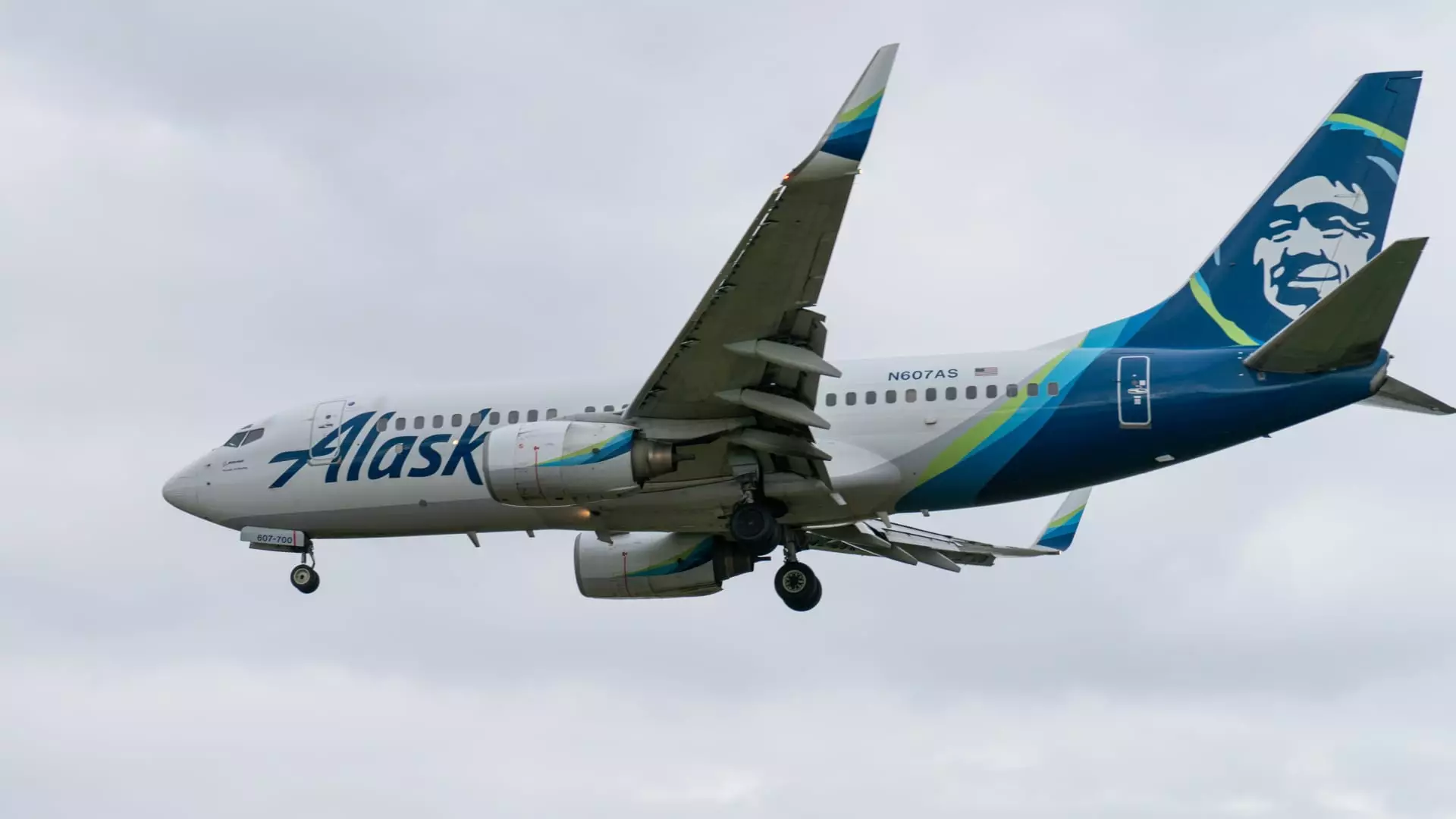The proposed merger between Alaska Airlines and Hawaiian Airlines has garnered significant attention within the aviation industry. This $1.9 billion agreement, which has cleared initial hurdles, now hinges on the stipulations set forth by the U.S. Department of Transportation (DOT). The successful consolidation of these two carriers is not merely a tale of financial maneuvering; it is intricately tied to the preservation of customer loyalty and essential services in vulnerable regions.
One of the most critical aspects of this merger is the assurance that the existing loyalty programs—HawaiianMiles and Alaska Mileage Plan—will retain their value. The DOT’s directive ensures that miles accrued prior to the merger’s completion will not expire and can be transferred seamlessly. This requirement is a pivotal factor, as loyalty programs often serve as a primary incentive for frequent flyers. Both airlines must recognize that the trust built with their customer base hinges on the sustainability of these benefits.
Maintaining such loyalty frameworks will not only serve existing customers but is vital for attracting potential new flyers who rely on dependable reward systems. Failure to retain the integrity of these programs could lead to customer dissatisfaction, ultimately undermining the very purpose of the merger.
In addition to ensuring customer loyalty, the DOT has mandated that both airlines sustain “essential air support” for rural regions. This means that vital inter-island routes in Hawaii and service to less accessible areas of the mainland must remain intact. The implications here are profound; not adhering to these regulations risks alienating communities that depend on these airlines for connectivity.
Secretary of Transportation Pete Buttigieg emphasized the importance of maintaining these routes during a recent press briefing. This highlights a broader industry trend, where regulators increasingly focus on the social responsibilities of airlines in addition to their financial profitability.
The merger’s process will entail considerable operational restructuring, and Alaska Airlines has already taken steps by forming an interim transition team. This indicates an awareness that effective management during this integration is critical to its success. Joe Sprague, currently the regional president overseeing Hawaii for Alaska Airlines, will assume the role of CEO for Hawaiian Airlines during the transition. This move suggests a strategic alignment between the two airlines, combining Alaska’s expertise with Hawaiian’s operational knowledge during a critical period.
Additionally, Alaska’s customer service practices will be adopted by Hawaiian Airlines, including policies on family seating and compensation for significant delays or cancellations. Such policies are increasingly vital in maintaining customer goodwill in an industry often criticized for its service quality.
As Alaska Airlines and Hawaiian Airlines embark on this merger, they must navigate a complex landscape shaped by both regulatory requirements and customer expectations. Their ability to preserve loyalty programs, maintain essential services, and execute a smooth operational transition will ultimately determine the success of this ambitious partnership. The path ahead is fraught with challenges, but if handled with foresight and care, the merger could redefine the airlines’ future while benefitting their diverse customer base.

